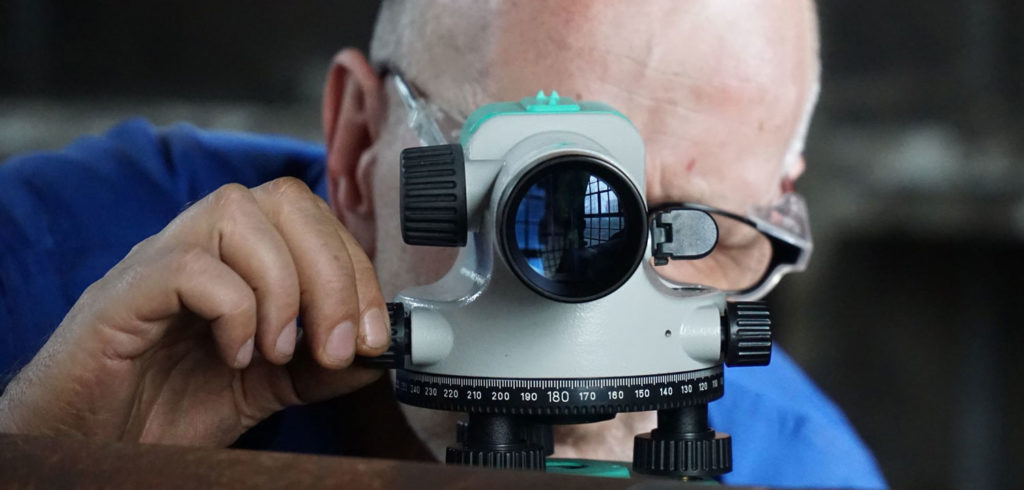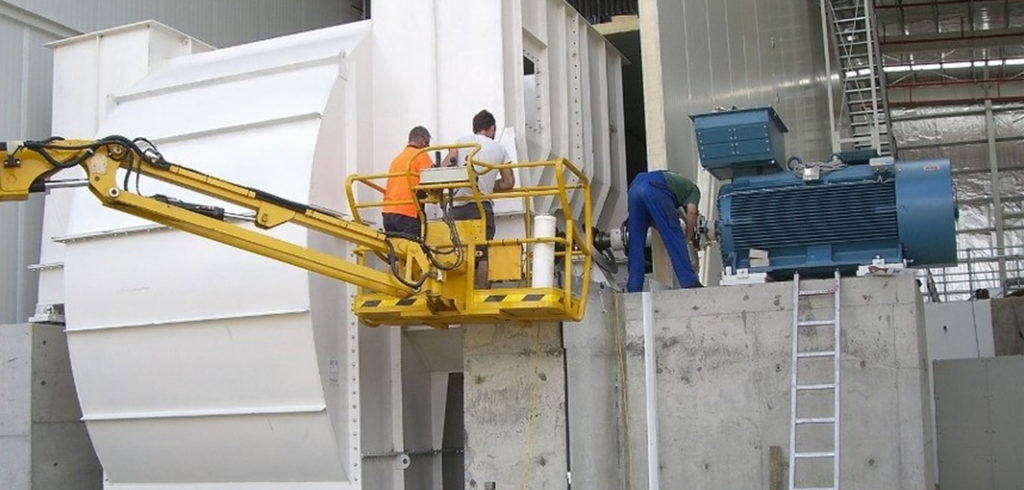For a vehicle, energy efficiency, stability and a silent, pleasant driving experience are all important factors and are heavily influenced by the car’s aerodynamics. OEMs spend a large portion of their development programs conducting tests to refine and hone this aspect of the vehicle.
Industrial fan manufacturer TLT-Turbo from Zweibruecken in Germany builds high-quality aeroacoustic wind tunnel fans. Thomas Dippold, project manager at TLT-Turbo, who has been planning and managing wind tunnel construction projects for the automotive industry for the company for six years, comments, “The accuracy of the test results depends largely on the test environment. It is only possible to accurately categorize and evaluate acoustic pressure and frequency measurements outside and inside a vehicle if these measurements are affected as little as possible by other noises.”
In concrete terms, that means using a wind tunnel fan with a large diameter – of several meters – as high as an average two-storey house.
On every project, TLT-Turbo collaborates with other sub-suppliers. “The requirements for these wind tunnels can only be met if all constituent parts are perfectly coordinated,” explains Dippold.
During the planning and development phase, all components are extremely important and each one will later affect the fan’s performance. “This is why the only way to achieve our goals is to use high-end components throughout,” he says.
 According to the supplier, customers are demanding more and more specific performance ranges with wind speeds of 250-300km/h. To achieve these kinds of speeds, a fan has to process volume flows of up to 1,800m3/s.
According to the supplier, customers are demanding more and more specific performance ranges with wind speeds of 250-300km/h. To achieve these kinds of speeds, a fan has to process volume flows of up to 1,800m3/s.
At the same time, the associated sound pressure level generally has to be below 100dB(A) in order to prevent it from affecting the test results – in particular while performing aeroacoustic tests. On top of that, car manufacturers also expect that the system uses as little energy as possible and that it has an efficiency factor of over 89%.
“In contrast to climatic wind tunnels, in which vehicles are tested at different temperatures between -40°C to +60°C, the temperature within an aerodynamic or acoustic wind tunnels must keep as stable as possible – regardless of the external conditions,” says Dippold.
“For this reason, all of the energy that the fan converts into airflow and hence into heat as a result of air friction, is extracted from the tunnel using large heat exchangers.”
In addition, TLT-Turbo continuously works to reduce the fans’ weight and sound emissions. The company increasingly relys on lightweight materials, such as carbon fiber, which is used to make the rotor blades, and fiber-reinforced plastic for the nose cone. The blades and guide vanes also have special profiles, and the number and distances between them are all specially specified.
“Another method of limiting the fan’s noise is to insulate the entire tunnel and the area in front of and behind the fan. This prevents any noise from being created in the first place and gives perfect conditions in the measuring section.”
Global demand for realization of major projects
What makes planning and building a wind tunnel and fan so challenging, Dippold reveals, is the uniqueness of each project. “Often, the most critical part of a project isn’t the feasibility of meeting the specifications; it is increasingly the global procurement process and installation on site.
 “The individual fan components, which weigh several tons, often have to be fitted under extreme conditions and in very confined spaces. This requires a high level of precision to prevent the delicate components from being damaged.”
“The individual fan components, which weigh several tons, often have to be fitted under extreme conditions and in very confined spaces. This requires a high level of precision to prevent the delicate components from being damaged.”
TLT-Turbo recently installed a wind tunnel fan with a diameter of 8m and driving power of 3.4MW for a well-known automotive manufacturer. The motor alone weighed 34 tons, the fan’s total weight was around 200 tons, and the project involved 37 major segments weighing between 6-38 tons each.
To assemble the fan, they had to be lifted by a crane one after another through an extremely small 10 x 5 x 12m opening. Workers often had no more than 10cm of clearance from the concrete walls.
Dippold notes, “Our team constantly meets challenges of this kind – during the planning stage and installation. The company has realized different wind tunnel projects in the automotive industry in China and the USA. Thanks to our extensive experience and know-how gained over countless projects, we are always able to find a solution – no matter what the challenge is.”



